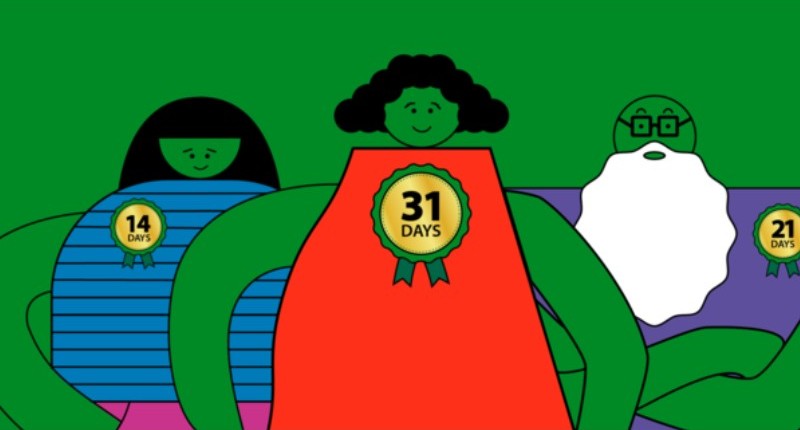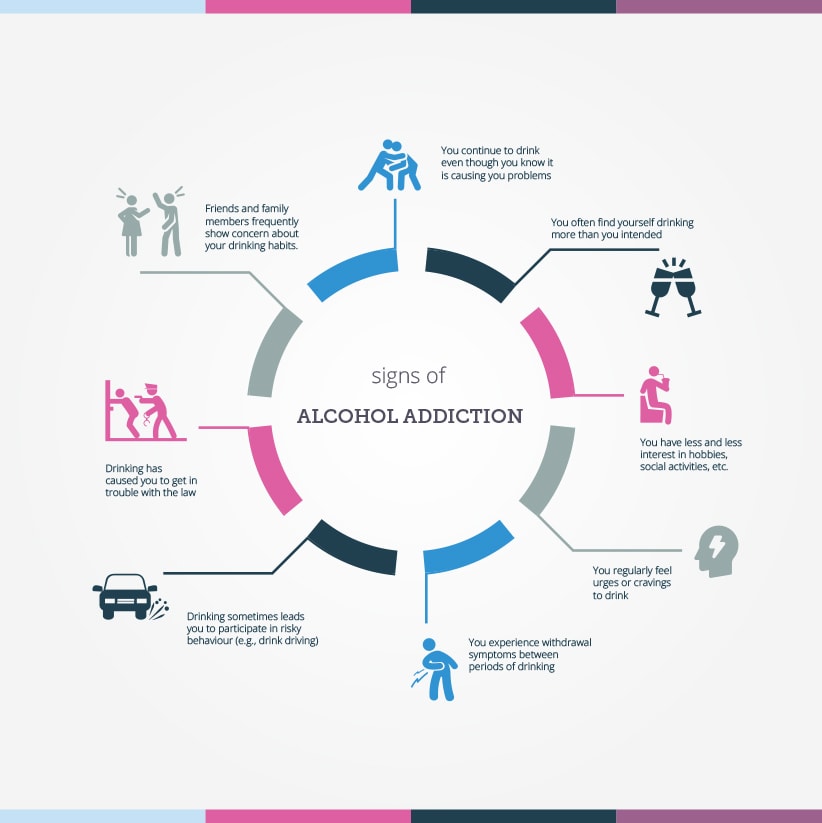
‘Go Sober for October’ is a fundraising event that sees participants simultaneously looking after their livers and raising money for charity. The challenge asks each person partaking to become a ‘soberhero’ by going booze-free for the entire month of October. By doing so, they raise money for Macmillan Cancer Support – a charity that provides physical, financial and emotional support to cancer sufferers.
The event promises to help many participants live healthier lives by reducing their drinking and incentivises them with the opportunity to support a worthy cause. Although Sober October is a great opportunity for casual drinkers to cut back, it’s essential to understand the implications of going alcohol-free before you partake.
Campaign advertising versus medical advice
Macmillan Cancer Support encourages ‘soberheroes’ to combat alcohol cravings and improve their health. Participants can enjoy the plethora of health benefits associated with sobriety: a clearer head, better sleep, more energy, weight loss and the pride of donating to a worthy cause.
What the adverts don’t inform you about are the health implications on those with alcoholism. Having a strict goal is great for anyone in need of a bit of discipline when it comes to the drink. For anyone with an addiction to alcohol, however, cutting it out too suddenly can be dangerous and steps should be taken to ensure that this can be done safely.
Recognising the signs of alcohol addiction

If someone has a strong and uncontrollable desire to drink, coupled with the onset of withdrawal symptoms six to twelve hours after drinking, they could have an alcohol addiction. Some signs of alcohol withdrawal include irritability, shaking, nausea and panic. These symptoms can range from mild to severe, depending on an individual’s level of addiction. People who drink in large quantities can develop a high tolerance and physical alcohol addiction; for these people, instant sobriety can cause a shock to their system, potentially resulting in dangerous side effects.
Detox and how it works
Go Sober for October is a great way for casual drinkers to rapidly detox from alcohol. But anyone suffering from alcoholism needs to go through a process of slow detoxification with a medical professional.
Self-detox provides little opportunity to treat withdrawal symptoms, but these can be mitigated through detoxification at a specialised medical facility. A detox clinic will focus on a patient’s comfort, providing prescription medication to reduce the severity of withdrawal symptoms and alcohol cravings, if necessary.
Using medication to gradually reduce alcohol levels in the blood ensures that the detox is safe and effective.
Encouraging someone with alcoholism to detox safely

You can’t force someone suffering from alcoholism to get help, but you can encourage them to detox safely and in a medically responsible way. It’s important to use an empathetic and supportive tone to guide someone with alcoholism towards a safe recovery.
Alcoholism often goes together with other mental health issues. The NHS estimates that between 30-50% of those with mental health issues have a negative relationship with alcohol or drugs. It is especially important that people with mental health issues get the support they need when detoxing from alcohol. This is known as dual diagnosis.
Go Sober for October provides a great target for casual drinkers to improve their health and raise money. A sobriety challenge can also be a great way to kickstart a commitment to a healthier lifestyle. Yet, those with an alcohol dependency should carefully consider the health implications before attempting to take part. Encouraging anyone with alcoholism to rapidly detox can have severe consequences, so getting professional help is a safer and more effective addiction treatment option.

